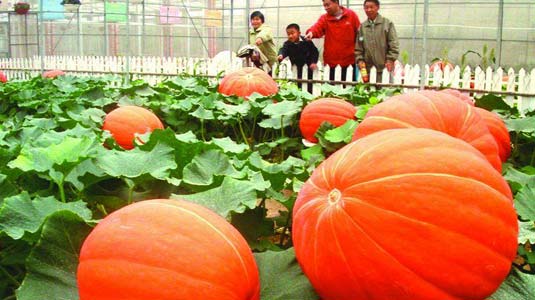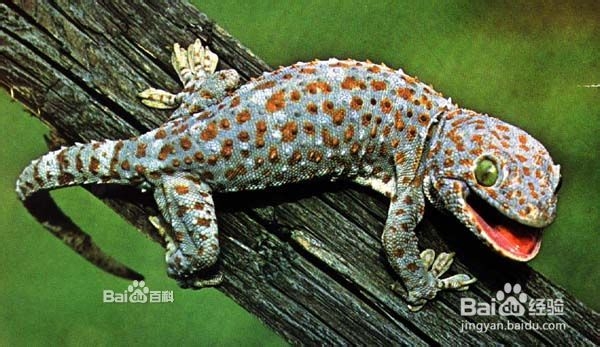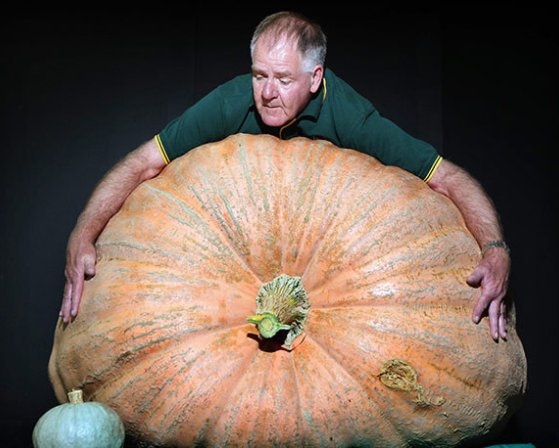Looking at the three main points of Agriculture in the Future from the Perspective of Agricultural Trade Fair

Point one: potted chili peppers and giant pumpkin produce are delicious and look better.
More than 200 jin of pumpkin, more than 100 jin of watermelon, colorful chili peppers planted in flowerpots. At the ongoing Anhui (Hefei) Agricultural Fair, high-tech agriculture in the scientific and technological innovation exhibition area has attracted a lot of attention.
The reporter saw that the giant pumpkin skin is golden and looks like a huge lantern, which looks very novel. And 100 jin of watermelon because it is too heavy, has grown into a "wax gourd" shape, cut red watermelon pulp is very attractive. These giants attracted many citizens to watch and take pictures. In addition to these "big guys", colorful peppers and cactus-shaped ginger, which used to grow in the field, are now moved into flowerpots, both good-looking and edible. Many citizens can't put it down and take one or two pots home one after another.
Song Pei, head of Anhui Jianghuai Horticultural Technology Co., Ltd., which developed these products, said that these novel agricultural products are developed with the help of science and technology after years of research and development. It mainly meets the needs of future urban sightseeing agriculture and the pursuit of nature by modern people. "go to some ecological farms and have a look at these huge agricultural products. They are very attractive. And I grow chili ginger on the balcony at home, which is both good-looking and delicious, and I can also experience the fun from planting to harvesting. "
Song Pei believes that with the help of science and technology, urban agriculture will be more developed and agricultural products will become more fashionable in the future.
Point 2: "get all in one net." look at the situation in the field office.
A cucumber, when the bar code posted above is scanned on the traceable inquiry terminal of agricultural products, you can immediately "search for roots and ask your ancestors" on the cucumber, knowing at a glance all the information from the origin, the name of the grower, the source of seeds, the test results, etc.; pick up an electronic menu and click on the source of the raw materials, the place of planting, the test results and so on, so that you can eat products with ease. This is not a sci-fi scene in the movie. At the ongoing Anhui Agricultural Fair, the display area of the Internet of things in rural areas shows people the traceability platform for agricultural products and food safety established by using the Internet of things technology.
According to Xu Zhenyu, chairman of Anhui Langkun Internet of things Co., Ltd., which develops and promotes this new technology, the Internet of things connects objects with the Internet through modern information sensing devices to achieve intelligent identification, positioning, tracking, monitoring and management. In recent years, this technology has been gradually applied to agriculture. At present, the company mainly does two types of projects, one is to cooperate with leading enterprises or bases of agricultural industrialization to establish a traceability platform for the whole industry chain of agricultural products from production to marketing. The second is to help the government establish an agricultural monitoring system.
It is reported that Langkun Company is cooperating with the agricultural department of Anhui Province to use Internet of things technology to monitor diseases and insect pests of field crops. After the completion of this network, the competent agricultural department can sit in the office and monitor the situation of seedlings thousands of miles away in real time. Once diseases and insect pests are found, they can conduct remote consultation as soon as possible, and strengthen the early warning and response to disasters such as the prevention and control of diseases and insect pests.
Related
- A course of planting techniques and methods on how to grow carrots
- How to plant the latest tulips?
- Is it better to pick tea in the morning or in the afternoon? When is the best time for tea to be picked? what is the third or fifth tea?
- Launch Yuanxiao Happy combination Haocha + Tea Yuan healthy Taste
- Penghu Tourism "Fireworks 20 Parade with You"
- 2022 West Lake Happiness holds "Digital Revitalization Voucher" and draws iphone13 and laptop.
- Banqiao Fuzhou social houses are designed to change start-up combined with police elimination to create a safe and livable environment
- The convenient measure of "mechanical weeding" in Xinbei has been abused and the Agriculture Bureau has imposed heavy penalties on the illegal land consolidation.
- Changgeng University Joins Hands with Four Memory Factories to Rescue Memory Talent Shortage
- The list of Taiwan's top 100 MVP managers is listed by the Director-General of the Farmers' Association of Sanxia District.



